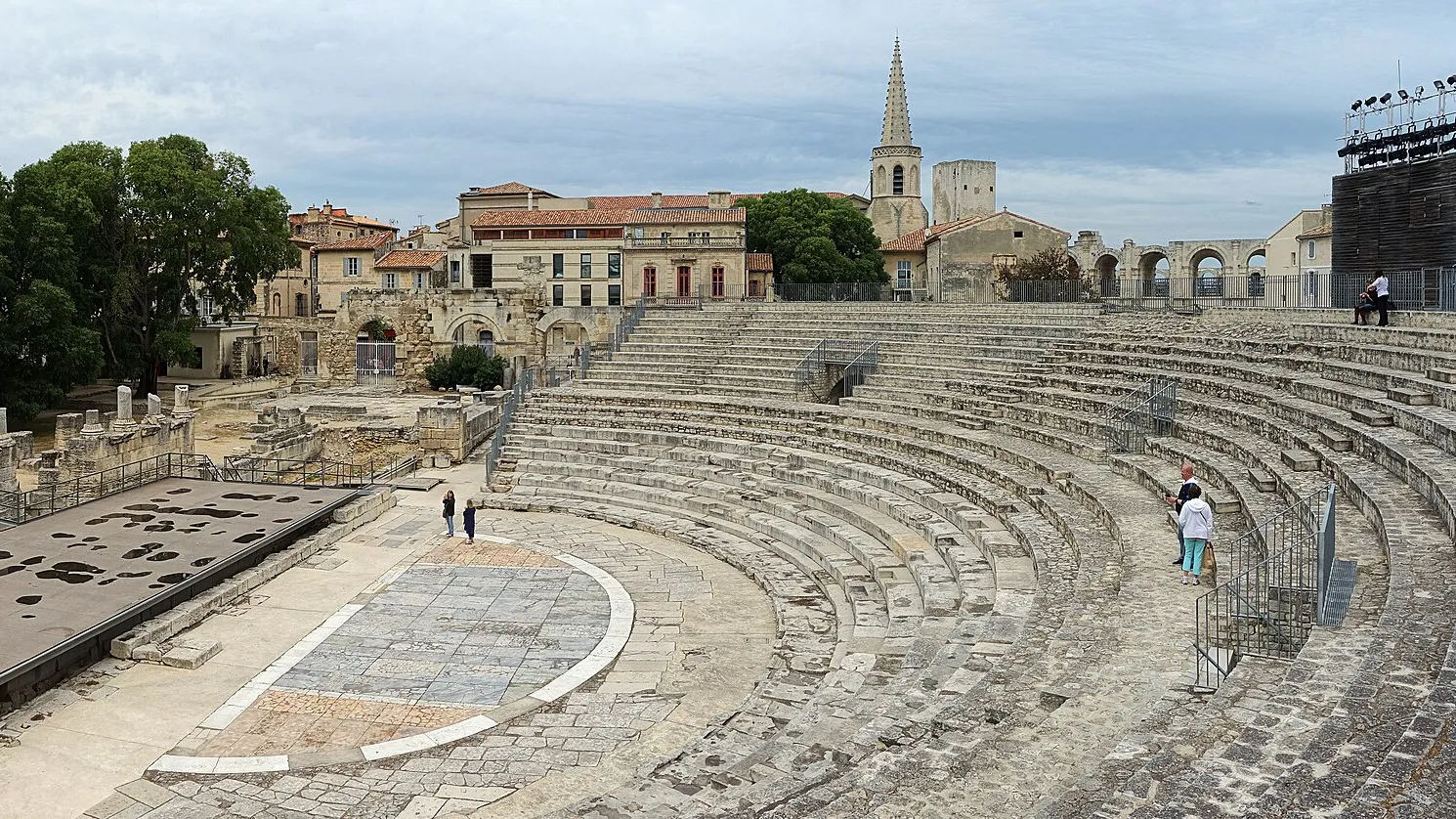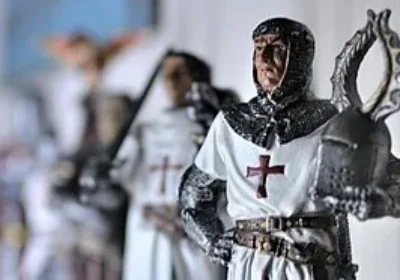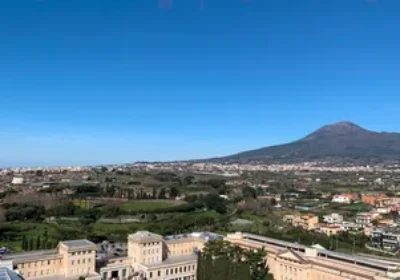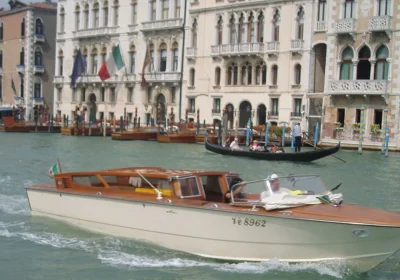This ancient city, rich in historical events, is located at the crossroads of two routes: the land route connecting Italy with Spain and the river route along the Rhone River.
The city’s name comes from the Celtic Ar-Laith, meaning “the hill before the marsh”. Later, during Roman rule, it became known as Arelate.The city flourished during the era when Julius Caesar honored it with the status of a colony, which included the whole territory of modern Provence. After his victory over Pompey in 46 BC. Caesar stationed his famous “Lightning” legion here. The city was rebuilt and arranged so that the Roman colonists felt at home here. It was Rome in miniature – a rich city with fortress walls connected by a bridge to the other side of the river, where there were residential neighborhoods. The city had cobblestone streets, a forum, a theater, an arena, thermae and a waterworks. Through Arles there was trade with Africa and Asia. About its great importance is evidenced by Caesar’s mention in “Notes on the Gallic War”.With the advent of Christianity, the city became a major religious center. The first Christian cathedral was built near the city walls, and in the V century was moved closer to the forum. In its place in the VII century. built the church of St. Trophimus.In 934-1032. In 934-1032 Arles became the capital of a powerful kingdom, then for a while merchant-republican government on the Italian model prevailed. In 1239 Arles lost its political independence and became part of the County of Provence. Today Arles is an important agricultural and industrial center of France, preserving the unique flavor of a French provincial town and attracting tourists with its ancient Roman architectural monuments. The ruins of ancient Arelat are declared a UNESCO World Heritage Site.The most famous ancient structure of Arles is the arena, built in the I century. Its dimensions are impressive even today: the large axis – 136 meters, small – 107, capacity – 24 thousand people. What we see now is an arena recreated anew. Symbolically, even in our time, festivals, races and bullfights are held on this stage. All that remains of the ancient theater, built around 27-25 B.C., are the freestanding Rolan tower, two Corinthian columns, the front stage, the orchestra section and the first steps of the circle. Excellent statues have been found in the theater, among them the Venus of Arles, sent in 1863 to the Louvre in Paris. In this picturesque setting, interesting events take place nowadays: the annual July Festival with celebrities, the Festival of the Queen of Arles, etc. In Arles there is the ancient cemetery of Alyscamps, which means “Elysian Fields” or “Road to Paradise”. It was known in the pre-Christian period of Arelat’s history and was located outside the city walls along the Roman road Via Aurelia, which connected Arelat with Massilia (Marseille). In the 3rd century, St. Genestus was buried here, after which a Christian necropolis grew around his tomb with a chapel built over it. The fame of Alicamp is immortalized in Dante’s Divine Comedy. In the XVIII century an open-air museum was established here. Later, Alicamp became a favorite place for walks of citizens, an object for artists. It is a pity that all this did not prevent the French railroad company from laying rails on it and occupying most of the territory for the depot. What can be seen today is only a narrow patch of the once vast Elysian Fields of Arles.Near the Rhone, during the reign of Emperor Constantine, in the 4th century, were built the Thermae of Constantine – part of a complex consisting of several buildings. In the luxurious rooms, decorated with marble, mosaics, sculptures and frescoes, Roman nobles gathered. The large hall of hot baths, its apse, supporting walls and underground ovens for heating the water are still preserved here. Among the medieval buildings, the town hall with its 17th century facade is worth seeing. Next to the town hall is the church of St. Trophime, considered the most beautiful in Provence. According to legend, Trophimus came to Provence from Palestine and during the conversion of the Provençals to Christianity he stayed in Arles, becoming its bishop. The church was rebuilt several times. In the 12th century the upper part of the facade was built, on which Jesus and the symbols of the Evangelists are depicted: a winged lion, a winged bull, an eagle and an angel.Many exhibits relating to the history of Arles in the early period are kept in the city’s two museums, the Museum of Christian Art and the Museum of Romanesque Art. The former features a remarkable display of sarcophagi from the early Christian period. The second museum is located in the church of St. Anne. In the palace of the Grand Prior of the Order of Malta, a fine example of Renaissance military architecture, the Reattu Museum is located. The museum contains many works by Reattu himself, modern art, including works by Picasso.The exposition of the Arlaten Museum tells about the daily life of Provence in the XIX – early XX centuries.Arles also attracts tourists as a city where the great Vincent Van Gogh lived and worked. He painted more than 200 paintings in Arles, it was one of the most fruitful periods of his work. The old hospital where the artist was treated for insanity is now home to the Van Gogh Museum.During the summer months, the town is particularly lively. In June and July, photographers from all over the world come here for the International Photography Meetings. Near Arles is the Camargue National Park, an amazing area inhabited by flamingos, wild ducks, large herds of bulls and horses. Indeed, the nature in and around Arles is extremely beautiful, a great place for hiking, motorcycle riding, horseback riding, climbing mountains and walking along the Rhone River. It is impossible to describe the color of the sky, the unique smell of lavender, and the feeling of sunshine that Arles gives you – “the soul of Provence”.

















